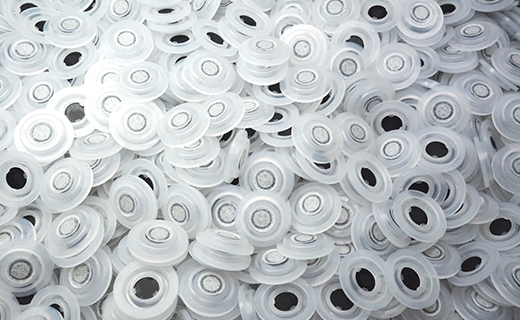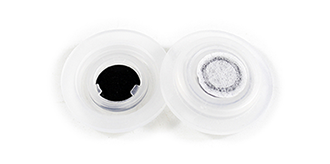- Home
- Coffee Valve Academy
- How Is a One-Way Valve Different from a Regular Vent Hole?
Product & Technology
How Is a Degassing Valve Different from a Regular Vent Hole?
March 6, 2025

The One-Way Degassing Valve and the Regular Vent Hole are both devices used to regulate airflow, but they differ significantly in function, design, and application. Below is a breakdown of their key differences:
Function and Operating Principle
| Comparison | One-Way Degassing Valve | Regular Vent Hole |
|---|---|---|
| Airflow Direction | One-way (only releases gas from inside) | Two-way (allows free exchange of air) |
| Sealing | Prevents outside air, moisture, or contaminants | No sealing; air and moisture may enter |
| Main Function | Releases internal pressure to prevent package swelling or bursting | Keeps pressure balanced but may cause oxidation or spoilage |
- Degassing valves typically use silicone membranes or microporous films that open under internal pressure and close to block external air or moisture.
- Vent holes are simply open holes without mechanisms to block air ingress.
Application Scenarios
| Application | One-Way Degassing Valve | Regular Vent Hole |
|---|---|---|
| Coffee Packaging | Releases CO₂ while preventing oxygen from entering, preserving freshness | Oxygen enters freely, accelerating oxidation and flavor loss |
| Fermented Foods (kimchi, cheese) | Releases fermentation gases, prevents swelling | Allows external contamination, affecting fermentation |
| Medical / Chemical Products | Maintains internal purity and prevents contamination | May compromise product stability |
| Precision Electronics | Regulates internal pressure, protects components | Risk of dust or moisture intrusion |
- One-way valves are ideal for gas-release applications where air ingress must be avoided (food, medical, chemical, electronics).
- Vent holes are better suited for equipment that only requires basic airflow (e.g., ventilation in machinery).
Performance Comparison
| Feature | One-Way Degassing Valve | Regular Vent Hole |
|---|---|---|
| Prevents Oxidation? | Yes — blocks oxygen | No — air flows freely |
| Water/Dust Protection? | Yes — resists moisture/dust | No — vulnerable to environment |
| Pressure Regulation? | Yes — releases internal gas | Yes — but with contamination risk |
- Choose one-way valves for freshness-critical products like food or chemicals.
- Use regular vent holes when airflow matters more than protection.
Conclusion
How to Choose Between Them?
- Use One-Way Degassing Valves when gas must be released without letting air/moisture in (e.g., coffee, fermented goods, medical supplies).
- Use Regular Vent Holes when basic ventilation is sufficient (e.g., machinery, devices).
In short, degassing valves are better for:
- Preventing oxidation, contamination, and moisture damage
- Maintaining seal integrity while managing internal pressure
Choose based on your product’s gas-release needs, sensitivity, and protection requirements!
-

Product & Technology
One-Way Degassing Valve
April 1, 2025
-

Product & Technology
What is a PE One-Way Degassing Valve?
May 29, 2022
-

Product & Technology
Is PE Recyclable?
April 1, 2025
-

Product & Technology
How Is a Degassing Valve Different from a Regular Vent Hole?
February 27, 2025
-

Market Demand & Innovation
Global One-Way Degassing Valve Market Continues to Grow, Driven Strongly by Coffee Industry
May 29, 2022
-

Usage & Installation
How Durable Are Degassing Valves? Do They Affect the Packaging Lifespan?
April 1, 2025
